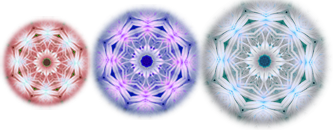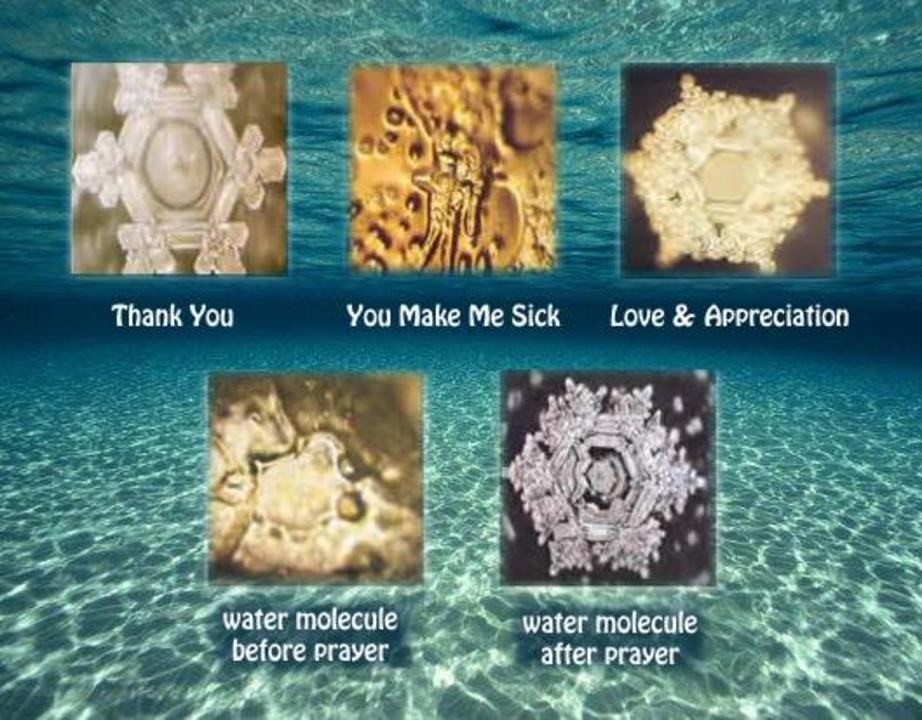
We have been conditioned to believe that lack of symptoms equals health, that we are victims of our genes, that little aches and discomforts are normal, that taking a pain killer for headaches or menstrual pains is normal, that mood swings associated to PMS are normal, that allergies are normal part of life, …. the list goes on.
Health, according to the WHO (World Health Organization), is a “ State of complete physical, mental and social well being, and not merely the absence of disease or infirmity.”
What is disease (or could we say dis-ease which basically equals lack of ease)? And where does disease come from? Are we merely victims to our DNA programming or is there more to falling ill?
Modern science is discovering more about the connection between stress (emotional & mental), our belief systems and illness. Bruce Lipton, a scientist specializing in the study of stem cells and DNA and Epigenetics observed that our cells and our DNA are regulated by their environment. Epigenetics literally means “on top of genes” and explains how our environment and our perception of it regulates the expression of our genes. We can be born with a genetic predisposition to cancer for example, but it turns out that the expression of these genes is actually determined by our environment and our emotional response to it, which is determined by our conditioning and hence our beliefs.
Similar research was conducted by Dr. Masaru Emoto who studied water crystals and their response to their environment. The water molecules completely changed their structure depending on their exposure to positive/negative human emotion.
Both of these studies confirm that negative environment, such as negative thoughts, stress and limiting beliefs negatively affect both, our cellular health and the water crystals. Our bodies are made mainly of water after all.
The study of Psychoneuroimmunology further explains how the brain, the nervous system, and the immune system affect one another, and how stress leads to illness, by triggering chronic inflammation. The immune and the nervous system are always in communication. When the body is exposed to chronic stress the nervous system shifts into sympathetic nervous dominance or “fight and flight response” and starts releasing stress hormones that in return trigger inflammation and negatively impact the immune function. The body can only heal when it is in a parasympathetic nervous state, which is the relaxation state of the nervous system or the “rest and digest state”.
Most of us have probably heard about the connection between chronic stress and increased cortisol levels in the body. Cortisol is secreted by the adrenal glands in a response to stress. High cortisol levels in our blood trigger a systemic inflammation, which is the main culprit in many chronic modern diseases such as autoimmune disease, diabetes, rheumatoid arthritis, infertility and hormonal imbalances, digestive issues such as coeliac or IBS, heart issues and blood pressure problems, asthma, eczema, allergies, and even cancer. Interestingly these disorders are also called psychosomatic disorders indicating the disease involves both mind and body or the bodymind complex. Thoughts basically convert in our bodies into chemistry stimulating production of hormones and neurotransmitters.
To further understand how emotional stress affects us on a physical level, we need to understand that memories can be stored either actively or passively in the body. This is a very old and well-recognized aspect of emotions in Traditional Chinese Medicine. When a memory is stored passively, we remember the experience as a simple memory in the mind. This is a healthy memory. Active memory, however, is a memory that is stored in the body with an emotional charge. This occurs when we were not able to fully process the emotional experience, often due to a traumatic or perceived as traumatic nature of it. In this case, the subconscious mind holds onto this memory and the body stores the emotional tension associated with it in the fascia of the muscles, connective tissue, organs or their meridians. For example, fear is associated with kidneys and its meridians, which in turn relates to several muscles in the body. An unprocessed fearful experience will therefore store in one of those areas. This could be the kidney itself or the ligaments of the knee that correlate to kidney meridian. This emotional tension can also manifest in a number of problems that are involved in kidney function and their connection to the hormonal system, or in physical pain on the knees for example.
Our interaction with the world of emotions is much more complex and our subconscious mind also plays a large part in it. The subconscious mind is like a database of programs and beliefs mainly obtained in the first 8 years of life before the critical mind develops. In those 8 years everything we hear, see or feel is directly registered by the subconscious mind as a fact. These programs and beliefs are basically our habits, which are “learned” behaviors on autopilot. This would be fine if all of these patterns were positive and empowering, but psychology research shows that about 70% of these behavioral patterns are limiting and disempowering. The reason why our subconscious mind is so important is because it controls 90-95% of our lives. If our subconscious programs are limiting and negative we won’t be able to live to our full potential.
So how can we overcome stress, emotional blockages, subconscious limiting beliefs, and self-sabotage? There isn’t one answer. Practices of mindfulness, meditation, and yoga greatly help us become more aware of our habitual patterns and emotional triggers. Once we have awareness of them we can begin practicing observing them rather than getting absorbed by them. Releasing emotional blockages and limiting beliefs that are difficult to access can be done with the help of a practitioner working with energy psychology techniques. You can read more at www.facebook.com/Sattva.chiropractic
In both our Barcelona based practices and our retreats we focus on helping people release old emotional patterns and traumas, as well as limiting subconscious believes to restore optimal function and harmony in the body and mind. To support this healing process we also offer counseling therapies and teach practices such as yoga, meditation, and mindfulness our clients can use at home to continue on their journey to wellness. To find out more about our retreats visit us at: www.inonenessyoga.com


